Cognitive Load Theory. Part 1: Why You Feel Overwhelmed While Studying
To maximize the benefits of learning and acquiring new knowledge, you don’t need to spend endless hours day and night reading textbooks and lectures.
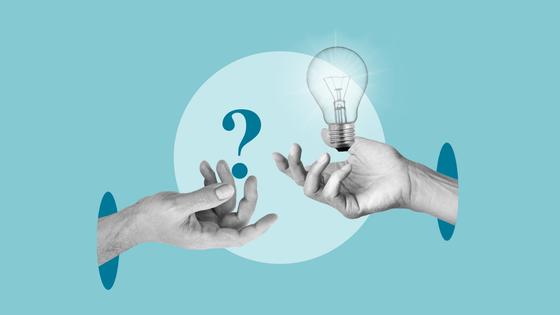
In fact, the more information we try to learn and absorb, the harder it becomes to remember it all! There is a scientific explanation for this - the cognitive load theory.
In essence, the theory highlights that our brain's resources are limited and should be used wisely, tailored to the task at hand. However, mastering the ability to manage these resources effectively is crucial. This skill is valuable for students and professionals who handle large amounts of data, process information, and create content, as these activities also demand significant mental energy.
Let's explore together how the human brain functions, the features of our memory, and how the theory of cognitive load applies in practice!
What is cognitive load theory?
As you may have realized, intense mental work isn't as beneficial for the brain as it might appear. Cognitive load theory suggests that students can only remember, absorb, and use information that doesn't overwhelm their memory. Therefore, the newer the material we receive in a single lesson, webinar, or lecture, the less likely we retain it.
Cognitive load refers to the amount of new data and information that must be simultaneously held in working memory (often known as RAM) to solve a problem, complete a test, or understand a teacher's explanation. When this information is too much, it overwhelms the person, reducing learning outcomes, academic performance, and knowledge quality. This overload can also cause stress and dissatisfaction, resulting in a loss of motivation. Conversely, a cognitive load that is too low can also be detrimental, as a languid learning pace can quickly lead to a loss of interest.
Cognitive load theory emphasizes the importance of balancing the amount of new material given to students, ensuring it is within their capability to absorb without overwhelming their brain's limits. The optimal level of cognitive load varies for each individual, complicating traditional group learning settings in schools, universities, master classes, and advanced training courses. Essentially, cognitive load is a delicate matter-learning becomes ineffective if the load is too high, too low, or excessive.
This is why many individuals opt for online learning. It enables them to gain new knowledge and skills at their own pace, access educational materials anytime, and balance studying with other activities.
How did cognitive load theory come about, and what other principles does it encompass?
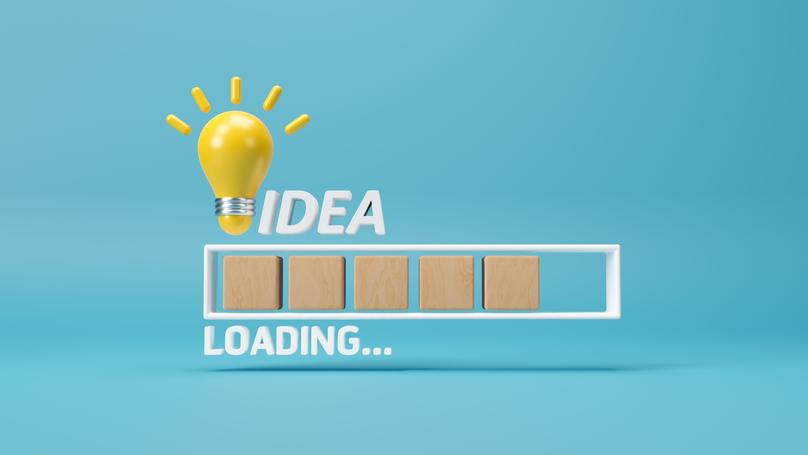
The concept was formulated by John Sweller, an Australian educational psychologist and professor at the University of New South Wales. In 1988, he identified key performance indicators to guide the creation of educational programs for problem-based learning. This pedagogical approach actively involves students in solving practical issues and problems rather than relying solely on traditional methods of transferring theoretical knowledge. Therefore, one of the critical factors for achieving success in learning, as well as a significant reason for the lack of results, is the unique structure and individuality of each student's memory. The scientist also asserted that our brain receives, processes, and stores information through several systems, which are the different types of our memory.
Sensory memory
This type of memory processes sensory data, such as sounds, smells, and tactile sensations. Sensory memory receives the most information daily but typically retains this data for less than half a second unless we consciously try to extend the experience. Information about external stimuli is retained the longest because we involuntarily focus on it. This information may even transfer to short-term memory if the stimulus is strong enough.
Short-term memory
Also known as working memory, it is the most crucial cognitive resource directly involved in the educational process, as its ability determines the amount of information a person can handle.
Information enters short-term memory from sensory memory, either absorbed or discarded. It can be stored for about 30 seconds. Working memory is believed to hold between five and nine blocks of information simultaneously. Some researchers suggest that its capacity is smaller, averaging three to five semantic constructs. However, this varies based on individual features and various external circumstances.
For instance, the capacity of short-term memory is influenced by the level of prior cognitive load. Suppose a task demands significant mental effort and prolonged concentration. In that case, the learner's cognitive resources will be temporarily depleted. Until these resources are replenished, the working memory capacity will be reduced. This is why taking breaks and ensuring quality rest is essential during intensive learning sessions.
It's also important to recognize that short-term memory is more complex than sensory memory. It comprises several interconnected storage systems. Therefore, working memory includes:
-
Visual-spatial storage, which processes information like the shape, color, and location of an object.
-
Auditory storage or phonological loop for programming speech.
-
Episodic buffer, which creates and retrieves memories of sensations experienced.
-
The central executive organ controls and coordinates the subsystems' functioning.
Each storage system has a limited capacity. Overload happens when multiple elements with different information enter one storage simultaneously, exceeding its capacity. However, suppose two types of working memory are used together to learn the same information (for example, visual-spatial and auditory memory). In that case, this can significantly reduce the overall cognitive load and enhance the learning process. This is why lecturers often use presentations and slide shows alongside their oral explanations and supplementary infographic materials.
Long-term memory
All processed knowledge and skills our brain has incorporated are stored in long-term memory, which has a significantly larger capacity. Information is organized into structures called "schemas," similar to folders on a computer, allowing data to be sorted by category.
These cognitive structures help organize information based on its future use. For example, there are schemas for various thoughts like dog, cat, house, and car. Similarly, there are schemas for actions such as riding a bike, reading a book, batting a ball, and driving a car.
The complexity of these structures can vary significantly, with the most intricate schemas typically incorporating simpler ones and branching out. For instance, children first develop schemas for remembering letters when learning to read. Future drivers create schemas for remembering rules. As children progress, they learn to combine letters into words, words into sentences, and so forth, forming a comprehensive schema composed of smaller, interconnected schemas.
The stored schemas are activated when a person encounters familiar information. When we frequently and intensively perform certain actions (i.e., implement schemas in practice), less effort is required to repeat them. This leads to automatism, making it progressively easier to act each time. Therefore, schemas help organize accumulated knowledge and reduce the load on working memory.
What is cognitive load?
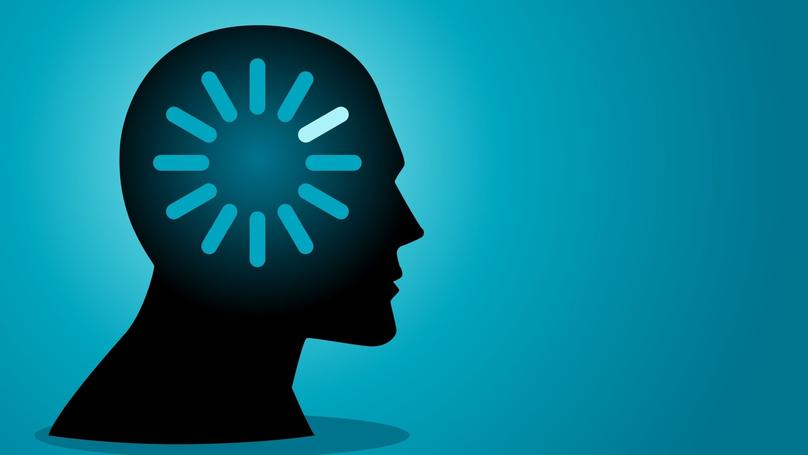
The concept of cognitive load is primarily based on the widely accepted information processing model in the scientific community, which we've already discussed. Additionally, the theory involves examining several specific types of cognitive load.
1. Internal cognitive load
This type of load is determined by the difficulty of the educational material, which depends on the student's prior knowledge. Simply put, a challenging topic for a beginner will be easy for an expert in that field. Consequently, a beginner will experience a high intrinsic cognitive load, while an expert will have a lower one. Therefore, the broader and more varied your prior knowledge, the less effort you'll need to learn a new concept. This is why it's generally recommended to follow the "simple to complex" rule in teaching. After all, no one starts teaching first-graders higher mathematics, right? You can also reduce the intrinsic load by simplifying information and breaking down a large topic into smaller, more manageable chunks.
2. External or extraneous load
Which arises from external distractions that disrupt learning. These distractions can include the noise of cars outside the window, neighbors doing repairs, loud music, or even overly bright sunlight. In other words, extraneous load is linked to how new material is presented or structured and is not related to its content.
Extraneous load can also arise when a teacher explains a far too complex topic or presents it confusingly, requiring additional effort to understand. For instance, if you constantly have to flip back and forth in a textbook to check a glossary inconveniently located at the end of a book, the extraneous load increases, reducing the effectiveness of the learning process.
It's fascinating that reducing external distractions decreases the overall cognitive load! Simply put, minimize the number of distractions to lessen the total load.
3. Specific or acceptable load
This load arises from efforts to streamline or enhance the processing and scrutinizing of information using various tools. For instance, when someone uses tables and algorithms to solve problems, it simplifies knowledge digestion. It aids in quickly committing it to memory but also creates a particular load. Therefore, this load is necessary to enhance and redistribute working memory resources effectively.
Lectera’s Online Courses by topic
What other elements influence cognitive load?
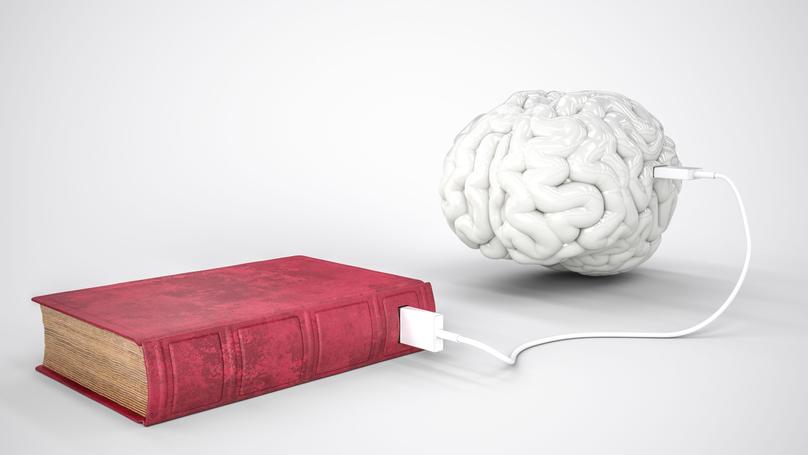
Besides the primary factors that influence and shape cognitive load, additional elements impact the acquisition of new knowledge. These include:
-
The potential for "embodied cognition"
This term refers to acquiring and understanding information through physical actions, such as gestures, object manipulation, movements, etc. An entire theory of embodied cognition suggests that the human mind is inseparable from the physical body. The theory of embodied cognition is particularly relevant in mastering the natural sciences. For example, conducting lab experiments in chemistry, using measuring devices in physics, or examining and rotating a globe in geography can significantly reduce cognitive load, making it easier to remember and comprehend the material.
Additionally, watching a teacher's visual actions can reduce the load, activating the repetition mechanism. This is why video lectures are so effective.
-
Self-regulated learning
Self-regulated learning involves independently managing one's educational practice, progress, and achievements. In other words, it means tracking one's actions to enhance productivity in learning. Practically, this includes setting clear goals, planning step-by-step, reducing distractions, monitoring results, regularly reflecting on progress, assessing achievements etc.
Cognitive load theory suggests that students should independently manage their workload. Since everyone has a unique working memory capacity, it's ideal for students to control the flow of incoming information, take timely breaks, and even simultaneously reduce the number of courses they attend.
-
Emotions
In the context of cognitive load theory, emotions are seen as an additional burden on working memory. However, they can also be a tool to boost motivation, thereby increasing working memory capacity. This is why you can learn any topic more easily and quickly if it interests you.
Therefore, managing emotions is as crucial in learning as reading and researching new material. Negative experiences like anxiety, fear, and insecurity can diminish the quality of learning. At the same time, positive emotions serve as excellent stimulants for memory.
In the next article, we'll explore strategies for managing your cognitive load, enabling you to effectively work with information and avoid overload!
Share this with your friends via:
Latest News

A significant stage in the development of the alternative education system has begun in West Northamptonshire in the UK: the County Council is actively calling on parents, guardians, and trustees to participate in shaping the future of this key area.

Outwoods Primary School in Atherstone, Warwickshire, having experienced deep sadness after the loss of their famous cat, Silla, has found solace in a new pet – a Maine Coon named Aloysius O’Hara.

In modern universities, artificial intelligence, and in particular ChatGPT, is rapidly transforming from a controversial tool into a full-fledged student assistant.

An innovative educational project is gaining momentum in UK primary schools, aiming to change attitudes towards video games.

The Massachusetts Institute of Technology (MIT) presents MIT Learn – a revolutionary online platform that opens a “new front door” to access university knowledge and resources.












 Test. How Should You Spend the Winter Holidays?
Test. How Should You Spend the Winter Holidays?
 How the Christmas Tree Became the Symbol of the New Year: From Pagan Groves to Sparkling Ornaments
How the Christmas Tree Became the Symbol of the New Year: From Pagan Groves to Sparkling Ornaments
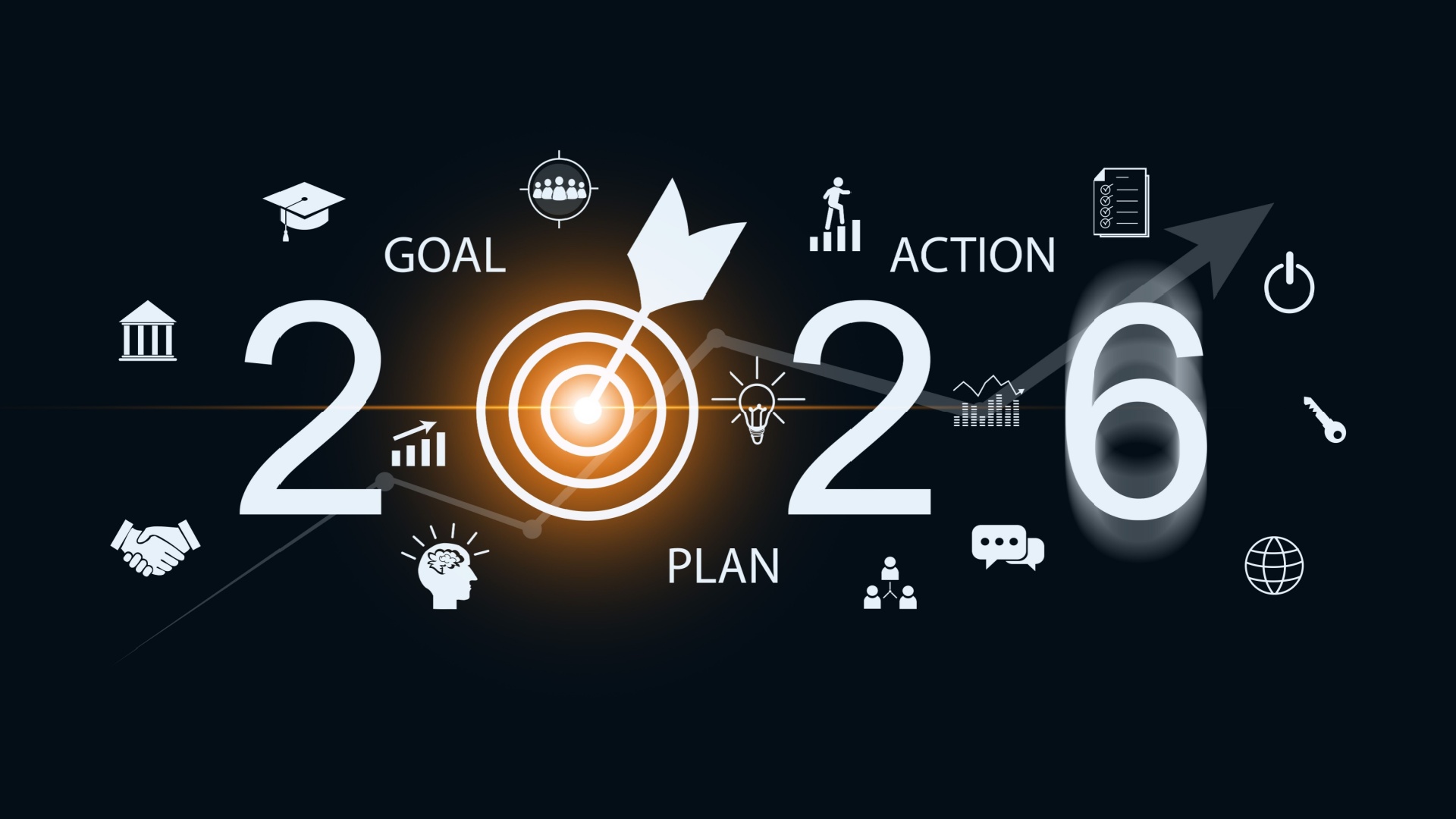 How to Keep New Year’s Resolutions: A Detailed Guide to Real Change
How to Keep New Year’s Resolutions: A Detailed Guide to Real Change
 Test. What Winter Dessert Are You?
Test. What Winter Dessert Are You?
 Test: What Kind of Ancient Goddess Are You?
Test: What Kind of Ancient Goddess Are You?
 Test: Which Great Woman Would Invite You for Tea?
Test: Which Great Woman Would Invite You for Tea?
